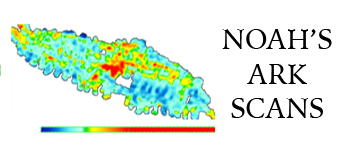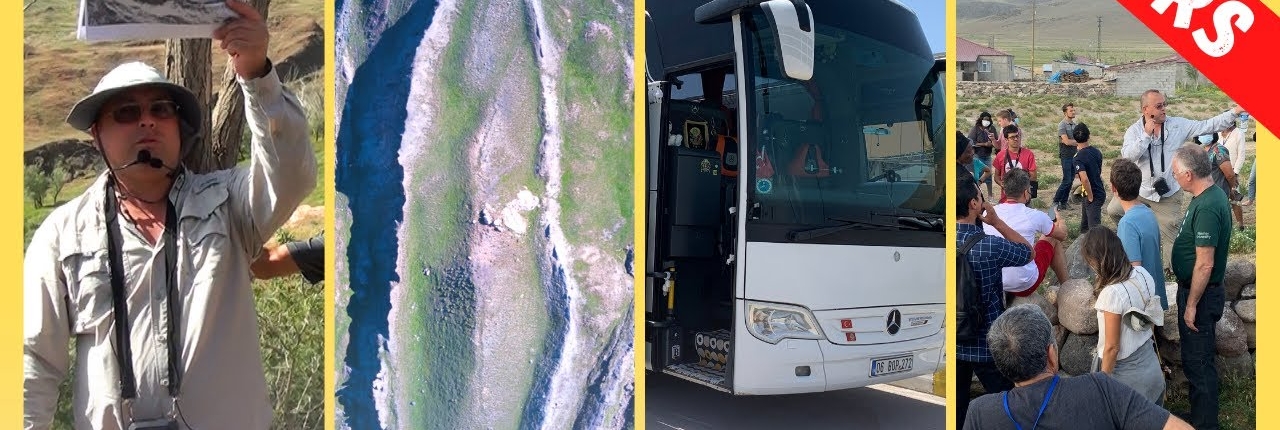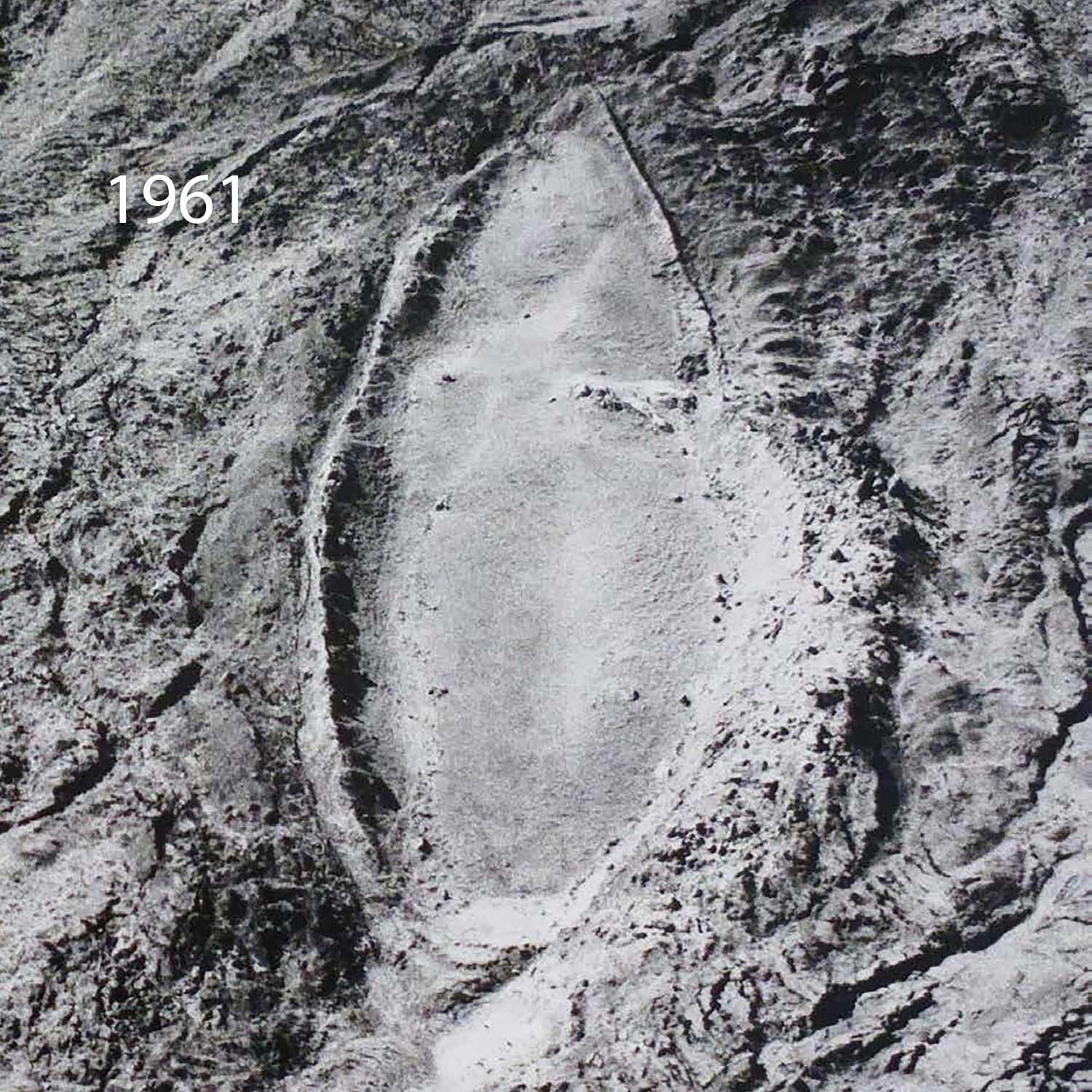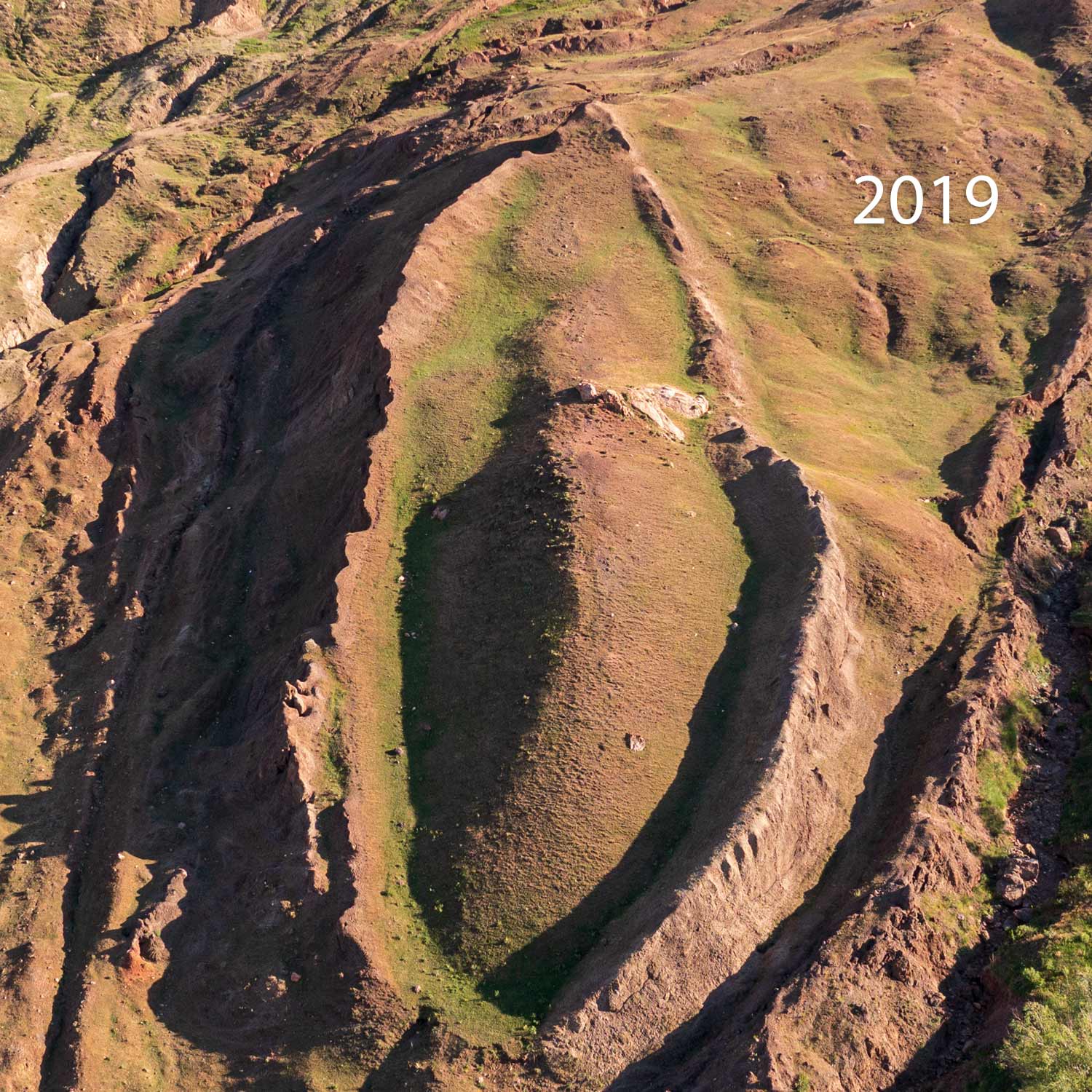In a remote corner of Turkey, a unique geological formation, unearthed on September 11, 1959, by Turkish Army Captain Ilhan Durupinar, is raising eyebrows and piquing the interest of biblical scholars and geologists alike. This boat-shaped geological curiosity, commonly referred to as the Durupinar formation, is considered by some to be the final resting place of Noah’s Ark.
The narrative of Noah’s Ark is deeply ingrained in the religious texts of both Christianity and Islam, with references found in Genesis 8:4 of the Bible and Surah 11:44 of the Qur’an. In both texts, the story recounts a great deluge, a boat, and a landing in a mountainous region. Locals in the nearby village point to the Durupinar site, which they call Al-Judi, as a possible landing point of the ark.
In the period between the 1970s to the mid-1990s, interest in this peculiar site surged, thanks in large part to the exploration and research efforts of American adventurer and researcher, Ron Wyatt, and a team of Turkish scientists. More recent investigations carried out in 2014 and 2019 by independent private geophysical survey teams have further contributed to the intrigue surrounding the Durupinar formation. These studies, using ground-penetrating radar (GPR), unveiled subterranean layers and intriguing angular structures, characteristics not typically associated with natural geological formations.
Perhaps most compellingly, the length of the Durupinar formation aligns perfectly with the dimensions of the ark as described in Genesis 6:15 of the Bible.
In the autumn of 2021, a collaboration between a Turkish scientific team and American media outlets, including the History Channel, embarked on the most comprehensive scientific investigation of the Durupinar site to date. Utilizing an array of modern scientific methods, this project aims to shed further light on the mysteries surrounding the formation and also determine the most effective means of preserving this intriguing site for future generations to study and explore.





